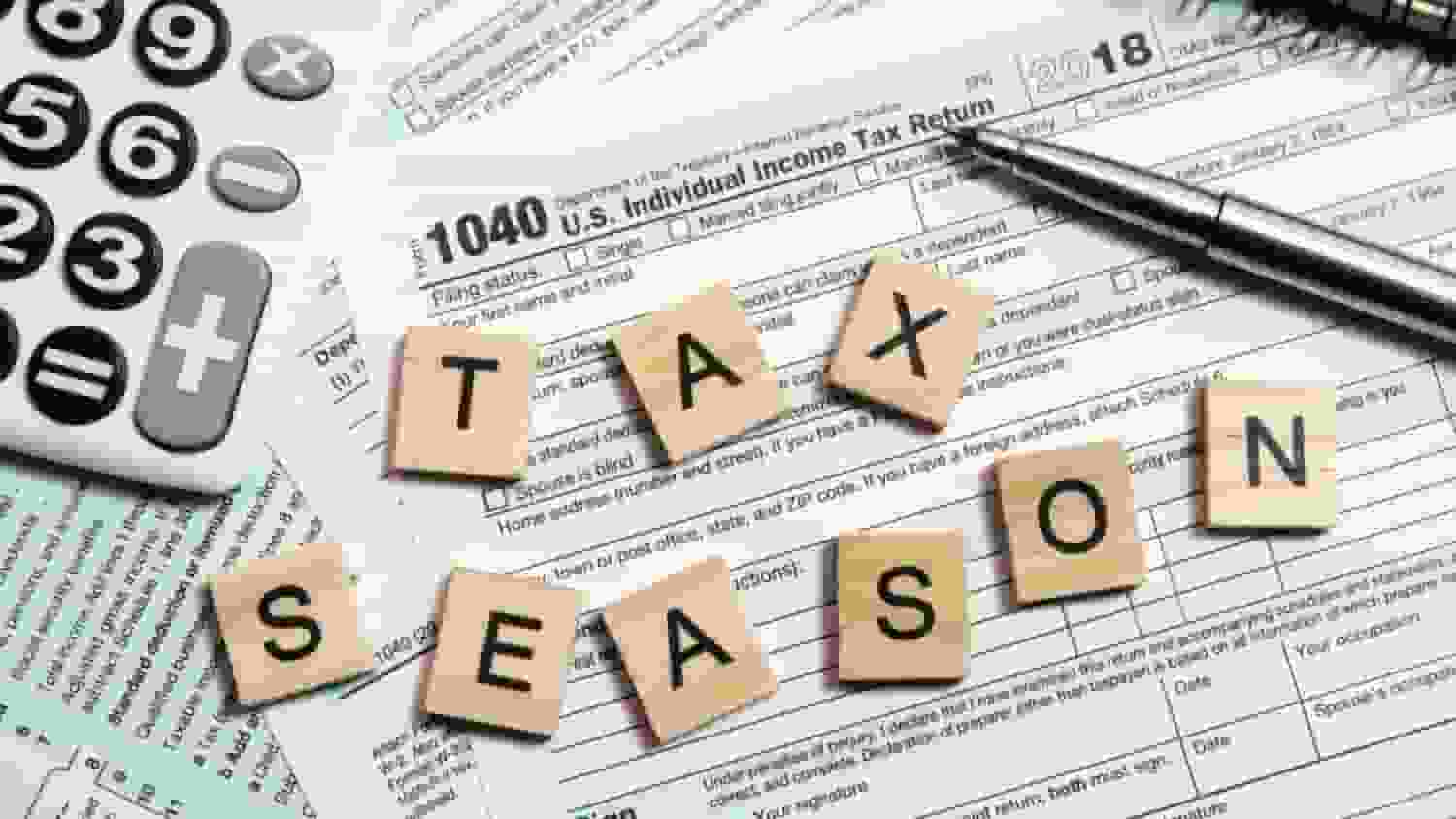
IRS has revealed the tax brackets for the upcoming year, potentially leading to increased paychecks for many. (Photo: DFG)
2024 Tax Brackets Set to Provide Relief as IRS Adjusts Rates to Tackle Inflation Concerns
In a promising turn of events for American taxpayers, the IRS has revealed the tax brackets for the upcoming year, potentially leading to increased paychecks for many. The new tax brackets, slated to come into effect in January 2024, will see a 5.4% rise, offering a lower tax rate for a larger number of working Americans. This increase aims to address the impact of rising inflation, allowing individuals to retain more of their purchasing power amidst inflation outpacing pay rises.
The adjustments will increase the federal income tax brackets and standard deductions, which will give a sizable amount of earnings more defense against IRS claims. In 2024, there will be an increase of about 5.4% in each tax bracket compared to 2023, meaning taxpayers whose wages do not keep pace with inflation will be able to earn more income in the previous year or the next year thanks to higher tax rates. Tax rates for 2024 range from 10% to 37% and remain at the same level as previous years.
The IRS recently released updated 2024 tax brackets that can help you plan for 2025.
2024 tax brackets and federal income tax rates (Chart by NerdWallet)
|
Tax Rate |
Single |
Married filing jointly |
Married filing separately |
Head of household |
|---|---|---|---|---|
|
10% |
$0 to $11,600. |
$0 to $23,200. |
$0 to $11,600. |
$0 to $16,550. |
|
12% |
$11,601 to $47,150. |
$23,201 to $94,300. |
$11,601 to $47,150. |
$16,551 to $63,100. |
|
22% |
$47,151 to $100,525. |
$94,301 to $201,050. |
$47,151 to $100,525. |
$63,101 to $100,500. |
|
24% |
$100,526 to $191,950. |
$201,051 to $383,900. |
$100,526 to $191,950. |
$100,501 to $191,950. |
|
32% |
$191,951 to $243,725. |
$383,901 to $487,450. |
$191,951 to $243,725. |
$191,951 to $243,700. |
|
35% |
$243,726 to $609,350. |
$487,451 to $731,200. |
$243,726 to $365,600. |
$243,701 to $609,350. |
|
37% |
$609,351 or more. |
$731,201 or more. |
$365,601 or more. |
$609,350 or more. |
READ ALSO: IRS Grants Assistance To Approximately 5 Million Taxpayers
The adjustment in tax brackets is poised to result in varying degrees of savings for individuals based on their income, effectively aligning with the IRS’s objective of mitigating the financial burden on taxpayers.
This development holds substantial significance, particularly against the backdrop of elevated inflation rates surpassing the Federal Reserve’s target. As a result, individuals stand to experience a positive impact on their finances, with the revised tax brackets aiming to alleviate fiscal pressures and fortify the financial well-being of many Americans.




![Tyson Foods Plant [Photo: Food Manufacturing]](https://southarkansassun.com/wp-content/uploads/2023/08/iStock_1185520857__1_.5e441daa51cca-600x337.jpg)








![Silverado Senior Living Management Inc. [Photo: Los Angeles Times]](https://southarkansassun.com/wp-content/uploads/2023/10/download-6-4-600x337.jpg)

![China's Wuhan Institute of Virology [Photo: Nature]](https://southarkansassun.com/wp-content/uploads/2023/09/d41586-021-01529-3_19239608-600x337.jpg)















